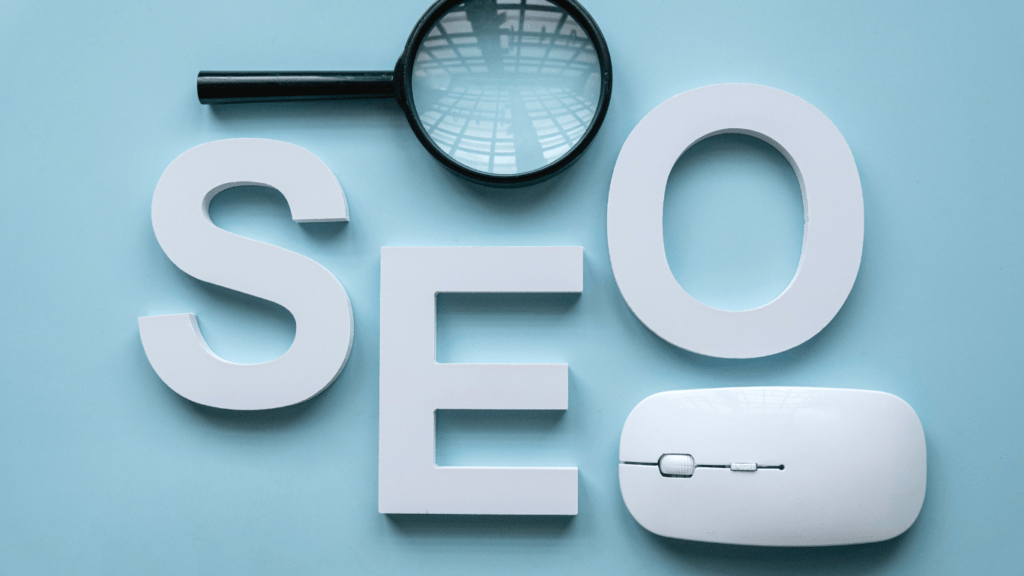Understanding SEO Basics
To boost your art website’s visibility, it’s essential to understand SEO. This section breaks down the fundamentals to help you get started.
What Is SEO?
SEO, or Search Engine Optimization, increases your website’s visibility on search engines like Google. By optimizing various elements of your site, you can appear higher in search results, making it easier for potential buyers to find your art. Important components include keywords, meta tags, and quality content.
How SEO Can Benefit Artists
SEO offers several advantages for artists. Firstly, it increases visibility. By ranking higher in search results, more people discover your art. Secondly, it drives more traffic. With more visitors to your site, you have higher chances of sales and commissions. Lastly, it builds credibility. Appearing in top search results enhances your reputation in the art community.
To maximize these benefits, focus on creating relevant content, using targeted keywords, and maintaining an updated website. Effective SEO strategies make your art more accessible and appealing to a broader audience.
Essential SEO Techniques for Artists
Artists can significantly enhance their online presence by implementing effective SEO techniques. Here are some essential strategies to consider.
Keyword Research for Art Websites
Keyword research is crucial for targeting the right audience. Identify keywords relevant to your art niche, such as:
- contemporary abstract paintings
- custom portrait artist
Use tools like Google Keyword Planner or Ubersuggest to find high-traffic, low-competition keywords. Incorporate these keywords naturally into your website content, headings, and meta tags to improve search engine rankings.
On-Page Optimization
On-page optimization improves the usability and visibility of your website. Include your target keywords in the title tags, meta descriptions, and header tags.
Optimize image alt texts with descriptive keywords to enhance image search rankings. Ensure your site has a mobile-friendly design and fast loading times, as Google considers these factors for rankings. Regularly update your site map and fix any broken links to improve site navigation and user experience.
Content Creation Strategies
Creating engaging, high-quality content attracts both visitors and search engines. Write blog posts about your artistic process, upcoming exhibitions, or art trends. Use your target keywords naturally in your posts while providing value to your readers.
Share high-resolution images of your artworks with detailed descriptions and stories behind them. Videos showing your creative process or interviews can also boost engagement and SEO performance.
By focusing on these SEO techniques, artists can effectively promote their art websites and reach a broader audience.
Advanced SEO Tactics

Understanding advanced SEO tactics significantly boosts an art website’s visibility, attracting more visitors and potential buyers. Implementing techniques like link building and leveraging social media impacts search engine rankings profoundly.
Link Building for Art Websites
Link building enhances an art website’s authority. Quality backlinks from reputable websites signal search engines that the content is valuable. Start by reaching out to art blogs, galleries, and forums, and request backlinks. Engage in guest blogging on art platforms, providing high-quality content in exchange for a link to your website.
Participate in online art exhibitions and get featured in digital art magazines, which often link back to the artist’s website. Creating and sharing informative infographics related to art can attract backlinks from other websites that find the content valuable.
Utilizing Social Media for SEO Impact
- Social media platforms amplify SEO efforts. Sharing content on popular networks increases traffic and engagement, which enhances search engine rankings.
- Post regularly on Instagram, Twitter, and Facebook, linking back to the art website.
- Engage with followers by responding to comments and participating in art community discussions.
- Collaborate with influencers in the art community to expand reach and attract more visitors.
- Use relevant hashtags to increase visibility through organic searches on social platforms.
- Utilize the analytics tools provided by social media platforms to track performance and adjust strategies accordingly.
Tracking and Improving Your SEO Efforts
It’s essential to track and improve SEO efforts to ensure your art website remains competitive. By doing so, I can identify areas that need enhancement and optimize accordingly.
Setting Up Analytics
Setting up analytics involves using tools like Google Analytics. First, create a Google Analytics account for your website. Install the tracking code provided by Google on all pages.
This code collects data about visitors, including their behavior and traffic sources. Additionally, set up goals to track conversions, such as email sign-ups or print purchases. These metrics help me understand visitor actions and measure the effectiveness of SEO strategies.
Interpreting Data and Making Adjustments
Interpreting data means analyzing key metrics. Focus on metrics like organic traffic, bounce rate, and session duration. Organic traffic shows the number of visitors coming from search engines, indicating my SEO success.
A high bounce rate could suggest that content isn’t engaging or relevant, while session duration reveals how long visitors stay on the site.
Making adjustments based on this data enhances SEO results. If organic traffic is low, I might need to revisit my keyword strategy. High bounce rates can be mitigated by improving content quality or page load times.
Regularly update and optimize content based on the feedback from data analytics. By continuously monitoring and adjusting, I ensure my art website remains optimized for search engines.

 Anna Freehill, a key contributor to Avant Garde Artistry Hub, plays a vital role in shaping the platform’s vision. As an author and collaborator, she helps bridge the worlds of art and technology, offering insightful articles that guide artists through the rapidly evolving creative landscape. Anna’s dedication to highlighting art's therapeutic value has contributed to the platform’s focus on mental and emotional well-being through creative expression.
Her involvement in building Avant Garde Artistry Hub has been instrumental in providing valuable resources to artists seeking to enhance their careers. Whether through her writing on business strategies or her support in platform development, Anna is committed to fostering a space where artists can thrive and embrace the future of art.
Anna Freehill, a key contributor to Avant Garde Artistry Hub, plays a vital role in shaping the platform’s vision. As an author and collaborator, she helps bridge the worlds of art and technology, offering insightful articles that guide artists through the rapidly evolving creative landscape. Anna’s dedication to highlighting art's therapeutic value has contributed to the platform’s focus on mental and emotional well-being through creative expression.
Her involvement in building Avant Garde Artistry Hub has been instrumental in providing valuable resources to artists seeking to enhance their careers. Whether through her writing on business strategies or her support in platform development, Anna is committed to fostering a space where artists can thrive and embrace the future of art.